Dell Technologies World 2025: All in on AI
From the cloud to the edge, enterprise architecture for AI must be carefully considered
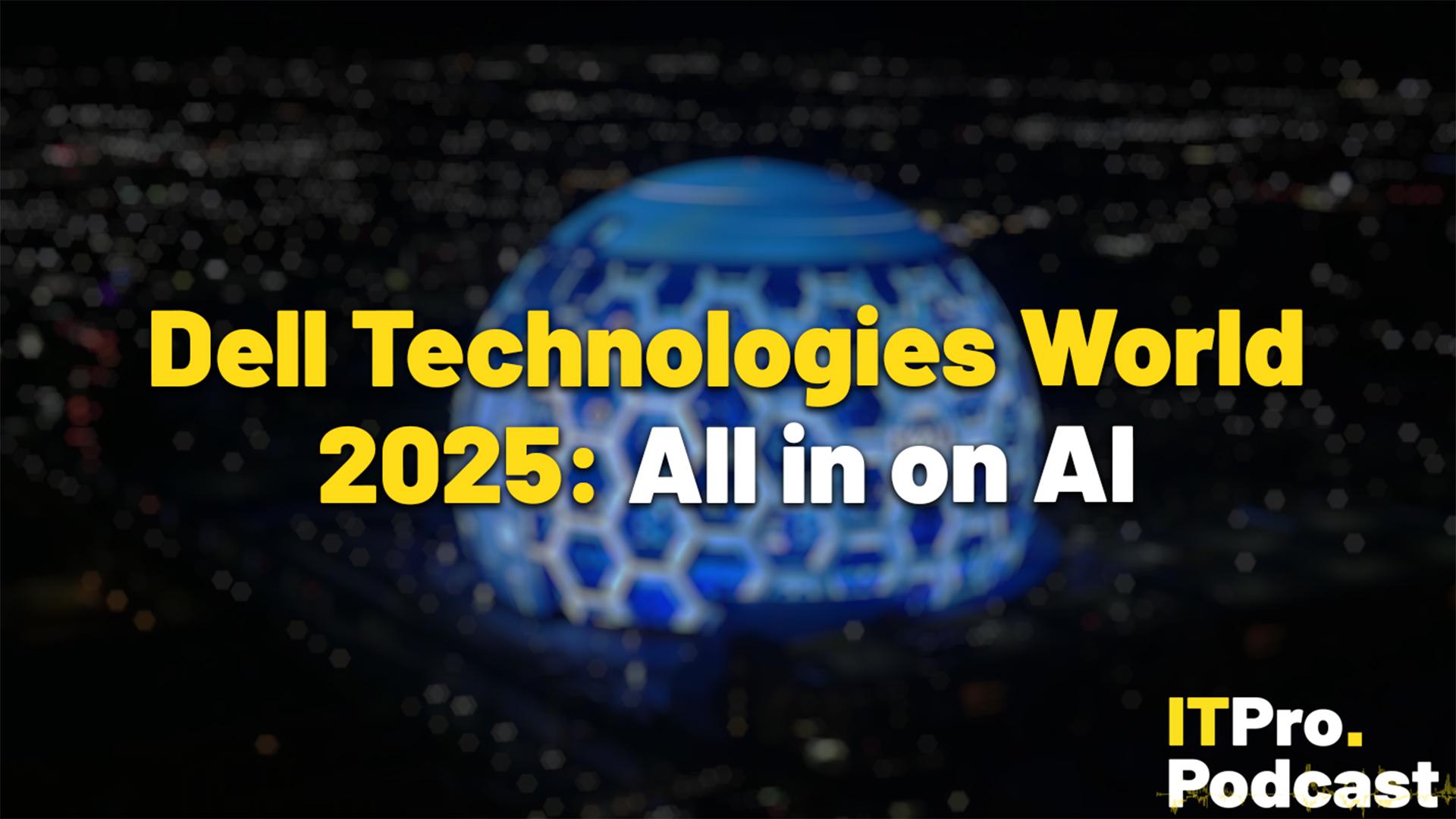

Dell Technologies World has just come to a close in Las Vegas and there is no doubt that the company is – in its own words “all in on AI”. From laptops to services, data center infrastructure and partnerships, everything is being led by AI.
What this means in practice for IT decision makers and business leaders can sometimes be hard to divine, however. This week, Jane sits down with John Roese, chief technology officer and chief AI officer at Dell Technologies, to dig into the practical effects of this, from how businesses will think about endpoints and devices to the potential end of HCI.
Highlights
“[B]ecause we had a cloud infrastructure, we assumed that, well, maybe we'd use that for AI. And what we learned over the last two years is they are so different. They are so architecturally different, they have a such a different relationship with data, that the idea that five years ago, with no knowledge of AI, the decision you made as an enterprise to describe your IT infrastructure would be a perfect fit for a technology that emerged five years later that will transform the world, is insane.”
“You're going to need edge compute nodes and we've been doing edge for a long time, but in the last year and a half, I will tell you the dominant use of edge compute is AI now. There’s very few people running other stuff on edge compute, you're running computer vision models, interpretation models. It's not necessarily generative AI, but you're doing AI there in factories and hospitals and transportation networks.
“Training of AI models requires, actually, surprisingly less information than you'd think. But it requires the most incredible amount of compute you could imagine. Inference, on the other hand, funnily enough if you're doing RAG, is actually a lot lighter on compute but the transactions into the vector databases and the data systems are quite high. And so you end up with this kind of asymmetric behavior all over the place.”
Footnotes
- Dell Technologies World 2025 live – all latest news and updates live from the Venetian Conference Center, Las Vegas
- Dell brings new cybersecurity features to PowerStore, Data Domain, and PowerScale product lines
- Michael Dell talks up the power of human and AI collaboration – but not everyone’s singing the same tune
- Dell Technologies Global Partner Summit 2025 – all the news and updates live from Las Vegas
- Jensen Huang joins Dell Technologies World virtually to talk servers and AI factories
- New Dell AI Factory partners debuted at Dell Technologies World 2025
- Dell Technologies wants to cut infrastructure costs – here's how it plans to do it
- Dell grows AI laptop line with Dell Pro Max Plus at Dell Technologies World 2025
Subscribe
- Subscribe to The IT Pro Podcast on Apple Podcasts
- Subscribe to The IT Pro Podcast on Spotify
- Subscribe to the IT Pro newsletter
- Join us on LinkedIn
Sign up today and you will receive a free copy of our Future Focus 2025 report - the leading guidance on AI, cybersecurity and other IT challenges as per 700+ senior executives

Jane McCallion is Managing Editor of ITPro and ChannelPro, specializing in data centers, enterprise IT infrastructure, and cybersecurity. Before becoming Managing Editor, she held the role of Deputy Editor and, prior to that, Features Editor, managing a pool of freelance and internal writers, while continuing to specialize in enterprise IT infrastructure, and business strategy.
Prior to joining ITPro, Jane was a freelance business journalist writing as both Jane McCallion and Jane Bordenave for titles such as European CEO, World Finance, and Business Excellence Magazine.
-
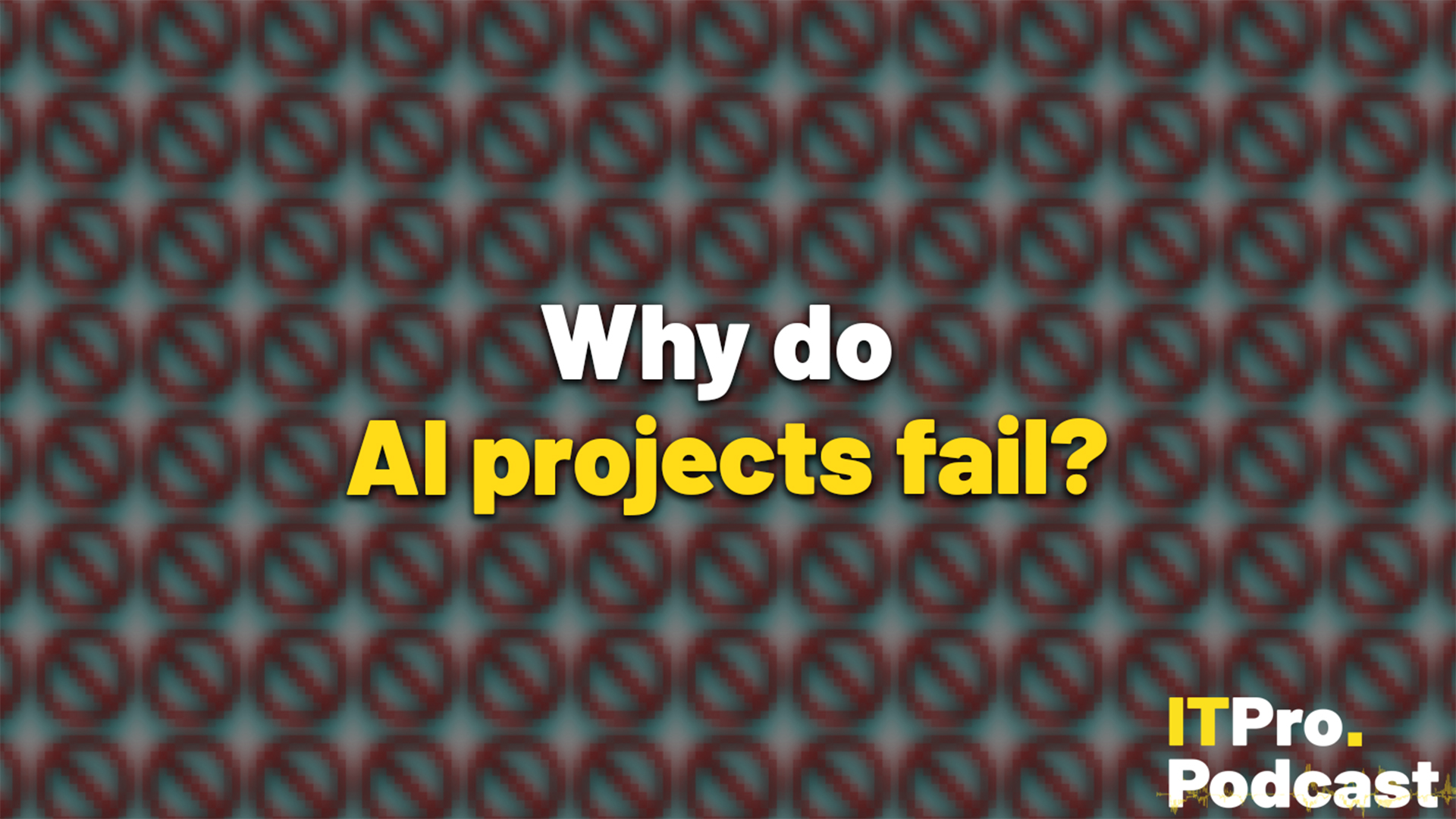 Why do AI projects fail?
Why do AI projects fail?ITPro Podcast Without a careful approach at the design phase, AI tools will fall apart in runtime
-
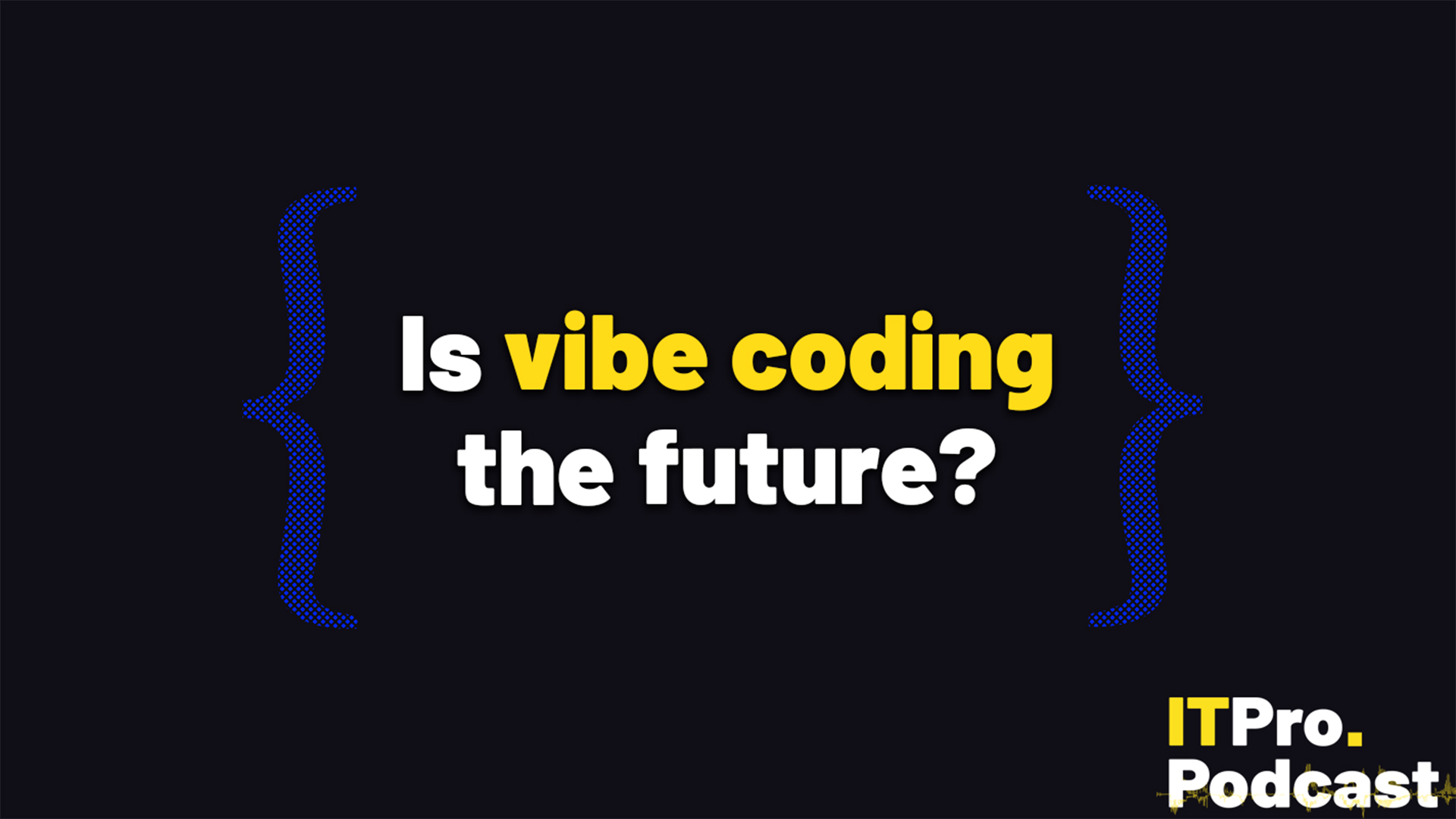 Is vibe coding the future?
Is vibe coding the future?ITPro Podcast As developers use AI to speed up code generation, leaders must work to ensure the technology complements existing practices
-
 September rundown: The UK becomes an AI playground
September rundown: The UK becomes an AI playgroundITPro Podcast Big tech has announced tens of billions in infrastructure investments for the UK – how will it help?
-
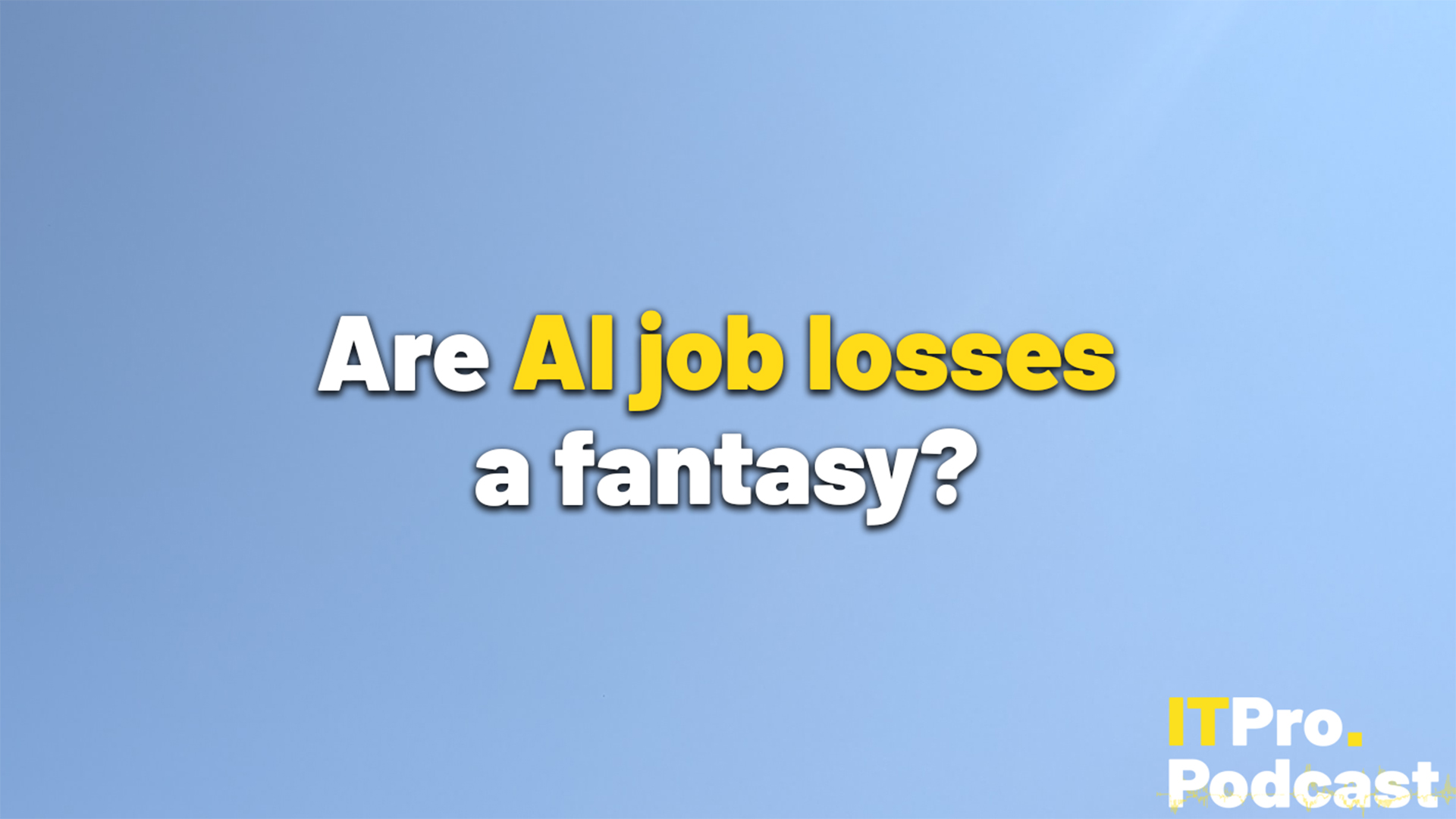 August rundown: Are AI job losses a fantasy?
August rundown: Are AI job losses a fantasy?ITPro Podcast AWS CEO Matt Garman's comments were made as big tech continues to lay off workers – but AI may not be the cause
-
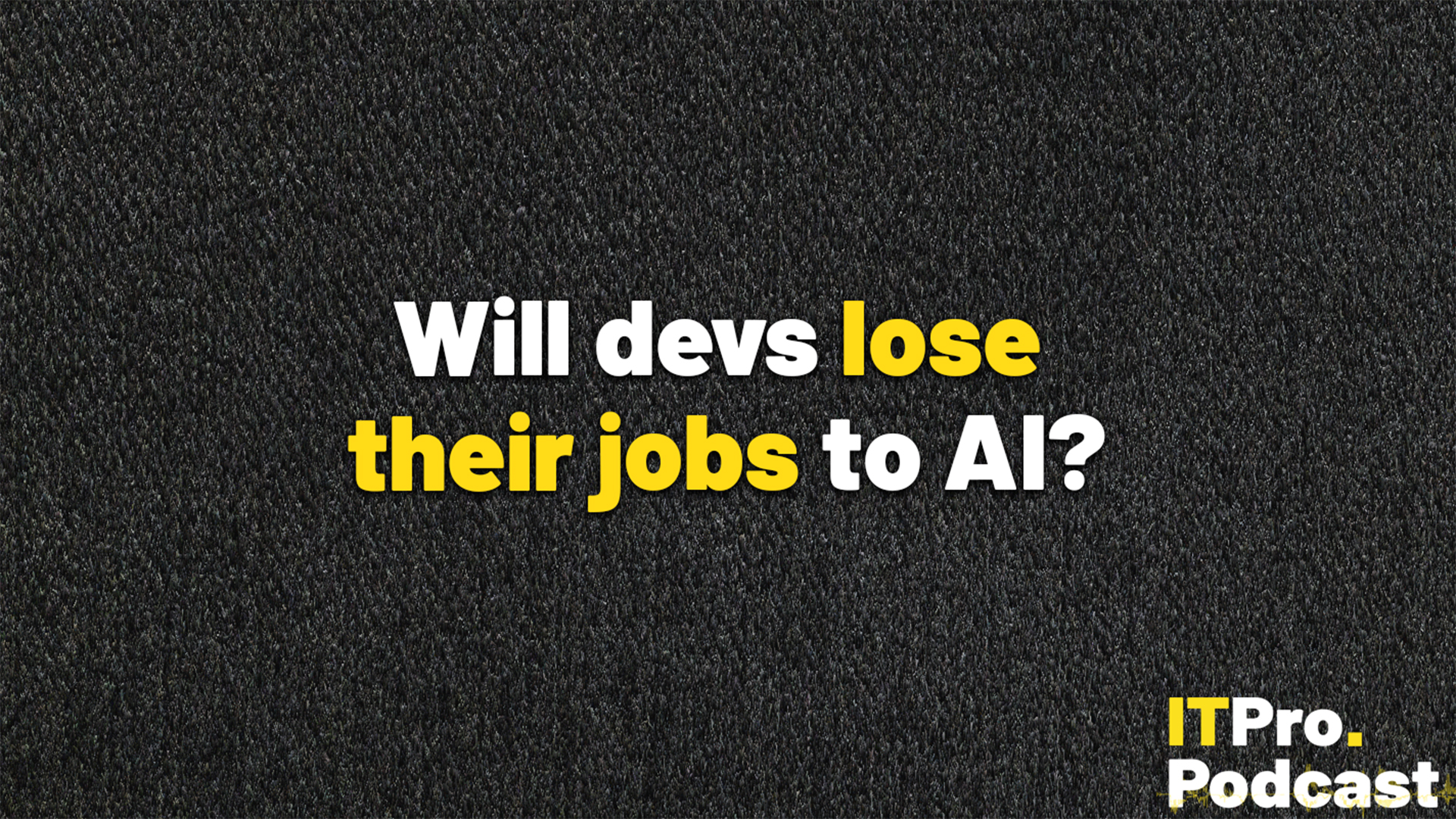 Will devs lose their jobs to AI?
Will devs lose their jobs to AI?ITPro Podcast Major errors in AI code generation throw doubt on the timeline to replacing human workers
-
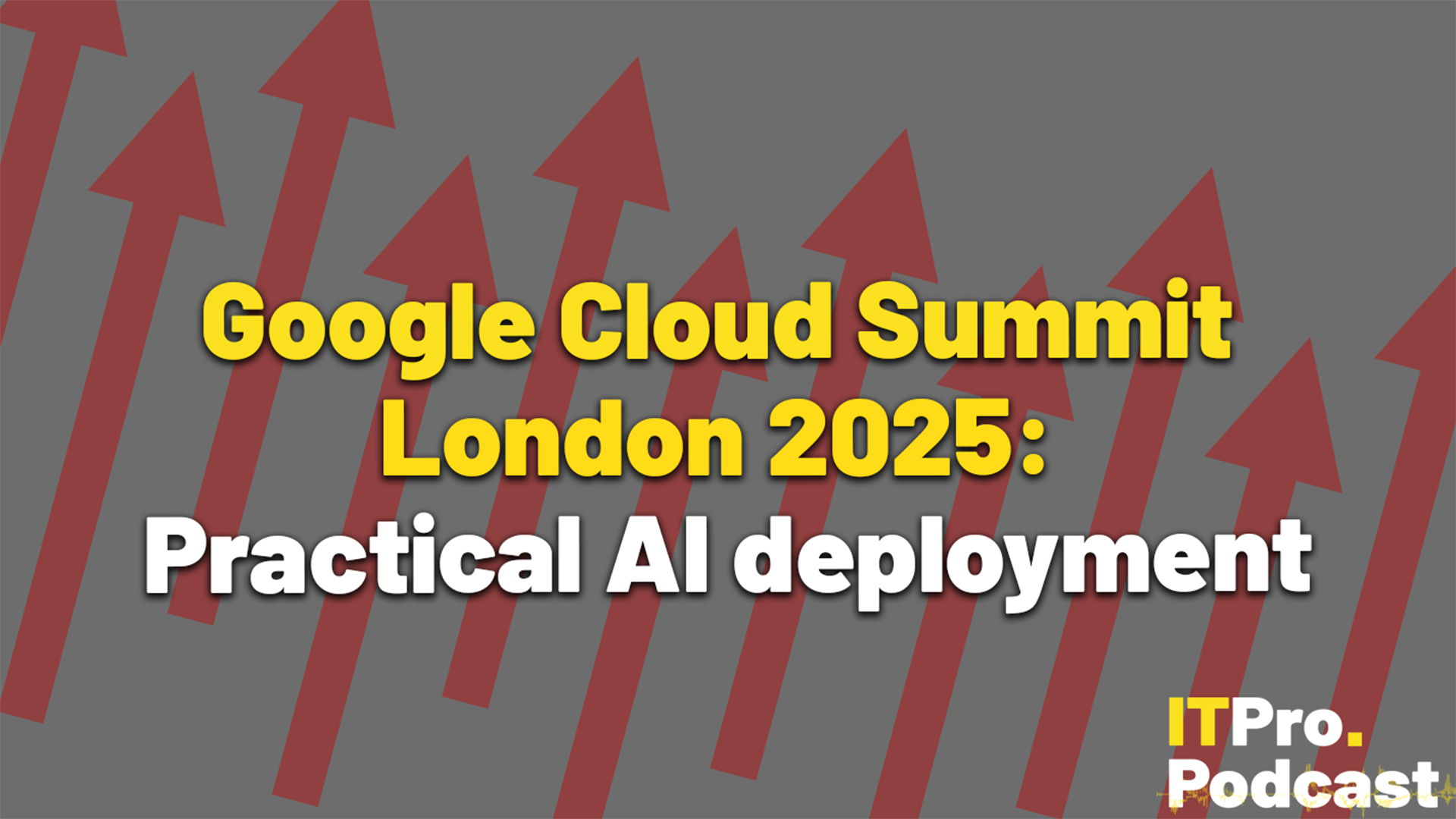 Google Cloud Summit London 2025: Practical AI deployment
Google Cloud Summit London 2025: Practical AI deploymentITPro Podcast As startups take hold of technologies such as AI agents, where is the sector headed?
-
 The evolution from robots to agents
The evolution from robots to agentsSponsored Podcast With the right adoption strategy, agentic AI can be a force multiplier for productivity
-
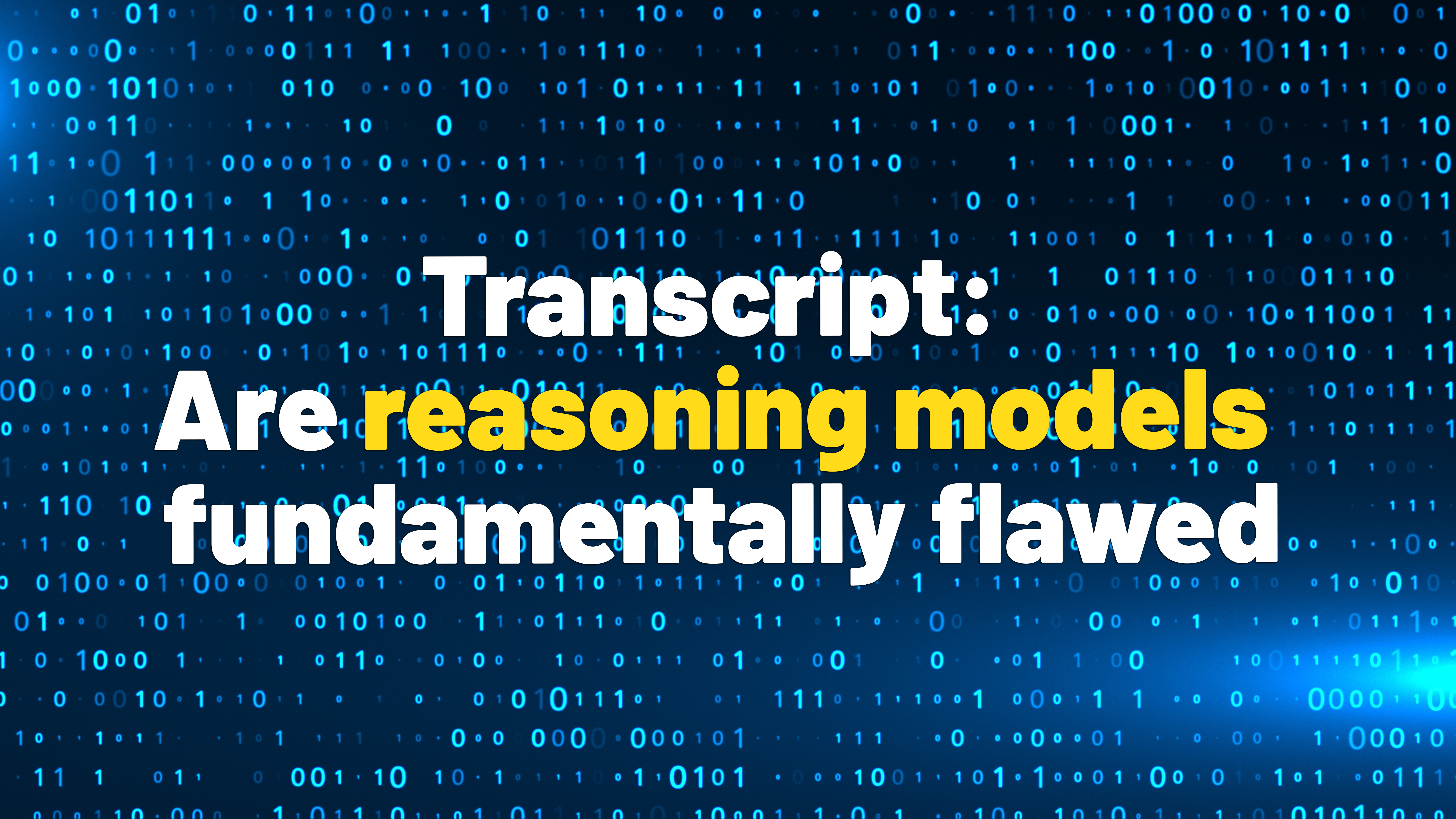 Podcast Transcript: Are reasoning models fundamentally flawed?
Podcast Transcript: Are reasoning models fundamentally flawed?ITPro Podcast A report from Apple has cast significant doubts on the efficacy of reasoning models, going as far as to suggest that when a problem is too complex, they simply give up

